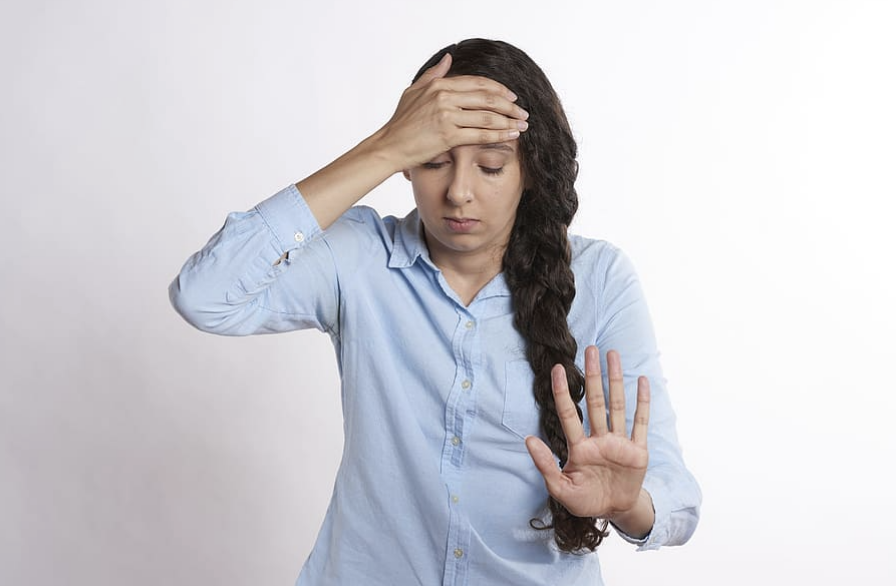

Sleep is an integral part of human functioning. If an individual subsequently fails to have proper sleep, then they can experience various health conditions starting from excessive daytime sleepiness. Due to this reason, many people resort to taking sleep medicine in order to not disrupt their sleep cycle. One of the most fatal sleep disorders is sleep apnea. It is a condition where an individual experiences sleep-disordered breathing.
This sleep disorder affects millions of people worldwide, but its impact isn't uniform across genders. While often thought of as primarily affecting men, sleep apnea is also a significant concern for women. Moreover, some studies have found that sleep apnoea in women is underdiagnosed, and its symptoms can present differently compared to men due to their different anatomy.
In this blog, we'll further prod into the unique challenges and considerations related to sleep apnea in women, from its prevalence and symptoms to the potential underlying causes and available treatments.
Sleep apnea is a disorder which causes disordered breathing in the patient when they are asleep. This condition can lead to disrupted sleep patterns and a range of health issues. The most common type of sleep apnea is obstructive sleep apnea (OSA). In this form of sleep apnea, the upper airway becomes partially or completely blocked during sleep. As a result, this leads to breathing interruptions, also known as apneas, when the individual is asleep.
The other category of sleep apnea is Central sleep apnea, which is less common and involves the brain failing to send proper signals to the muscles that control breathing. Obstructive sleep apnoea is treatable with the help of a CPAP machine, which regulates positive airway pressure in the airway throughout the night so that the patient can have a sound sleep. Whereas Central sleep apnoea syndrome needs extensive treatment plans such as lifestyle modifications, surgery and CPAP therapy.
Although sleep apnea is a condition that is not gender specific. However, traditionally, it has been associated with middle-aged, overweight or obese men. Recent research has highlighted that sleep apnea is more prevalent in women than previously thought. Although it is not as prevalent in women as in men, it's still a significant concern. In women, factors such as hormonal changes, body structure, and misdiagnosis may contribute to the underestimation of sleep apnea. Its symptoms also have some link with women's menopausal status. Other than the reproductive aspect, sleep apnoea is quite the same in women as in men.
Sleep apnea symptoms can manifest differently in women. As a result, diagnosing and treating it becomes challenging. Unlike the loud snoring typically associated with sleep apnea in men, women may exhibit subtle symptoms that might go unnoticed:
Sleep apnea syndrome makes people sleepy because of a lack of quality sleep. Women suffering from it often report daytime fatigue and sleepiness. This symptom can be mistakenly attributed to factors like stress, motherhood, or aging.
Women with sleep apnea may experience mood changes. Some of the fluctuations in mood to look for are irritability, anxiety, or even depression as a result of disrupted sleep.
Some women with sleep apnea may present with symptoms of insomnia, such as difficulty falling asleep or staying asleep.
Waking up with a headache is a telltale sign that you didn't have a sound sleep, especially in conjunction with other symptoms, which can be indicative of sleep apnea.
Due to complex hormonal functioning, women are more likely to experience frequent awakenings during the night, which can contribute to fragmented sleep.
The one major thing that sets men and women apart is their biological anatomy. Due to women's reproductive system, they have different hormones. Hormonal fluctuations throughout a woman's life can play a role in sleep apnea development and severity:
Hormonal changes during the menstrual cycle can affect sleep patterns. Women during her periods can face sleepless nights. Some women reported worsened sleep-disordered breathing and other sleep apnea symptoms during their menstrual period.
Obesity is one of the major causes of sleep apnea as it thickens the muscles surrounding the neck. Pregnancy can have the same effect and can increase the risk of sleep apnea. Pregnancy, weight gain, hormonal changes, and the mechanical effects of a growing uterus on the airway are common women experiences. All of these factors can contribute towards causing or worsening the symptoms of sleep apnea.
Menopause causes a decrease in estrogen levels, which can lead to weight gain and changes in fat distribution. Again, being obese is the major symptom of increasing the risk of sleep apnea.
Sleep apnea is often underdiagnosed in women due to the atypical presentation of symptoms. As a result, healthcare providers might mistake fatigue, mood disturbances, or insomnia for other factors. This leads to misdiagnosis or delayed diagnosis in women. Not to mention, the traditional image of a sleep apnea patient as an overweight, middle-aged man may contribute to overlooking sleep apnea in women.
When it comes to treating sleep apnea in women, the treatment approach is not that different from that of men. Effective treatment options for sleep apnea in women are similar to those in men:
The sleep specialist will suggest incorporating positive lifestyle modification to avoid gaining weight. Weight management, exercise, and healthy dietary choices can help alleviate sleep apnea symptoms.
CPAP treatment involves a CPAP machine that is attached to a mask. The mask delivers a constant stream of air to keep the airway open during sleep. Finding a comfortable mask is essential for compliance, as the patient will wear it while sleeping.
If, in some cases, repositioning the jaw or tongue can help with the sleep apnea situation of sleep-disordered breathing, then your sleep specialist might recommend using dental devices for doing so.
There is a subcategory of sleep apnea known as positional sleep apnea. So, people suffering from it can benefit by changing their sleep positions.
When minimally invasive treatments are not that effective, surgical interventions might be the only option to correct anatomical issues.
Sleep apnea is not a gender-specific disorder; it affects both men and women. However, the unique challenges faced by women in terms of symptoms are mainly hormonal influences. Due to the complex anatomy of women, they often become the victim of underdiagnosis and delayed treatment. Recognizing the differences in sleep apnea symptoms in women is essential for accurate diagnosis and effective management.
If you suspect that your symptoms might be overlooked, then you can voice your concerns to your healthcare provider. Furthermore, by increasing awareness, promoting accurate assessment, and encouraging dialogue between patients and healthcare providers, it would be easy to bridge the gap in sleep apnea diagnosis and ensure that women receive the care they need.
Leave a comment